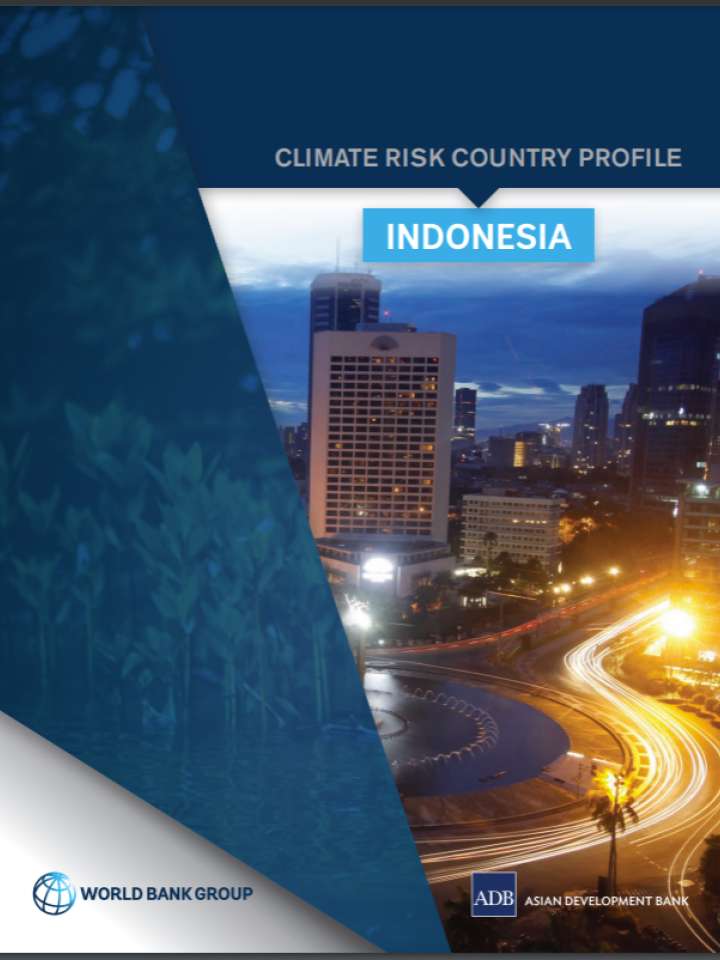Climate risk country profile: Indonesia
This report provides an overview of the impact of climate change on Indonesia and key messages for going forward. Indonesia is the world’s largest archipelagic state, consisting of more than 17,500 islands with over 81,000 kilometres (km) of coastline, a population of 270.6 million as of 2019 and the largest economy in Southeast Asia. The country’s islands are home to an extremely varied geography, topography, and climate, ranging from sea and coastal systems to peat swamps and montane forestsIndonesia is highly vulnerable to climate change impacts, including extreme events such as floods and droughts, and long-term changes from sea level rise, shifts in rainfall patterns and increasing temperature.
Some key messages from the report include:
- Indonesia is ranked in the top-third of countries in terms of climate risk, with high exposure to all types of flooding, and extreme heat. The intensity of these hazards is expected to grow as the climate changes. Without effective adaptation, population exposure will also rise. For example, the population exposed to an extreme river flood could grow by 1.4 million by 2035–2044.
- Indonesia is particularly vulnerable to sea-level rise, with the country ranked fifth highest in the world terms of the size of the population inhabiting lower elevation coastal zones. Without adaptation, the total population likely to be exposed to permanent flooding by the period 2070–2100 could reach over 4.2 million people.
- Climate change is also likely to have impacts on water availability, disaster risk management, urban development, particularly in the coastal zones, and health and nutrition, with implications for poverty and inequality.
Explore further
